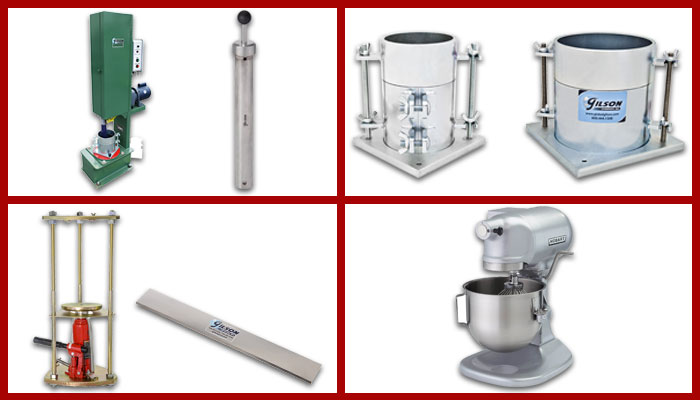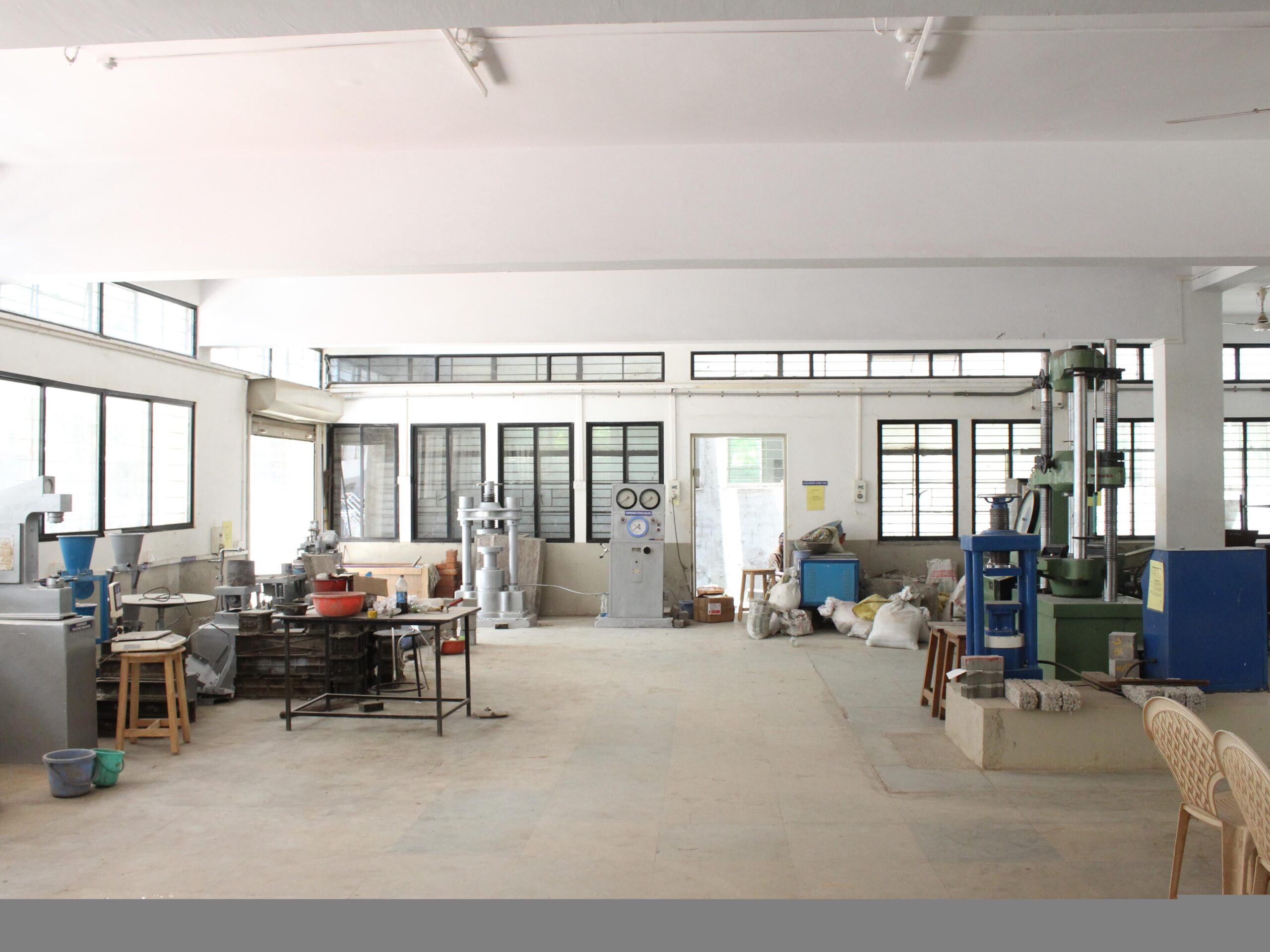Material Testing Lab Insights: Discover the Scientific Research Behind Task Durability
Material Testing Lab Insights: Discover the Scientific Research Behind Task Durability
Blog Article
Looking Into the World of Material Testing and Analysis
Material testing and analysis plays an important role in countless sectors, from making to construction. The devices made use of in material testing have progressed considerably, allowing scientists and designers to gain a much deeper understanding of the products they work with.
Importance of Material Screening
Product screening is a critical aspect of the design and production industries, making certain the high quality, reliability, and safety of products used in different applications. The value of product screening can not be overemphasized, as it plays a crucial function in assuring the efficiency and longevity of products and frameworks.
One of the main reasons for conducting product testing is to analyze the mechanical homes of products. This includes determining their strength, durability, firmness, and flexibility. By subjecting materials to numerous mechanical tests, designers can precisely evaluate their viability for details applications and guarantee they meet the called for specifications and criteria.
An additional important element of material screening is the identification of prospective issues or problems. By utilizing non-destructive screening techniques such as ultrasonic testing or aesthetic assessment, makers can detect any blemishes that can jeopardize the architectural honesty or performance of the products. This aids in preventing costly failures, mishaps, and potential liabilities.
Moreover, material testing additionally permits the analysis of material habits under various environmental conditions. Aspects such as temperature, moisture, and destructive settings can significantly affect the performance and lifespan of products. By subjecting them to ecological screening, engineers can examine their resistance to such conditions and make educated choices concerning their suitability for particular applications.
Common Techniques in Product Evaluation
Numerous techniques are commonly utilized in the evaluation of products to establish their buildings and attributes. These techniques play a critical role in comprehending the actions and efficiency of products in different applications.
An additional extensively utilized technique is spectroscopy, which involves the interaction of materials with electro-magnetic radiation. Infrared spectroscopy can recognize the practical teams present in a material, while ultraviolet-visible spectroscopy can determine its optical residential or commercial properties. X-ray diffraction is an additional effective method that permits scientists to evaluate the crystal structure of products and recognize their phases.
Thermal analysis is also frequently used to examine the thermal habits of materials. Differential scanning calorimetry, for example, can identify the melting factor and heat ability of a product, while thermogravimetric analysis can measure its weight reduction as a function of temperature.
Moreover, mechanical testing is vital to recognize the mechanical homes of products. Techniques such as tensile testing, firmness testing, and impact testing provide beneficial details regarding a material's toughness, sturdiness, and stiffness.
Tools Utilized in Material Screening
A variety of specialized tools and equipment is used in material testing to accurately evaluate the residential or commercial properties and behavior of different materials. These devices are important for carrying out experiments and obtaining reliable information in numerous markets, including aerospace, auto, building, and production.
One of the most usual tools made use of in product screening is the global screening device (UTM) An additional important tool is the solidity tester, which identifies a material's resistance to impression or penetration.

In addition, thermal analysis devices, consisting of differential scanning calorimeters (DSC) and thermogravimetric analyzers (TGA), are utilized to check out the thermal properties and habits of materials, such as melting points, visit homepage glass transitions, and decay temperature levels.
Applications of Material Testing and Evaluation
To completely use the beneficial information gotten through using specialized instruments and devices in product testing, it is important to explore the variety of applications where this analysis can be used. Material testing and analysis play a critical duty in numerous markets, consisting of aerospace, automotive, building, and production.
In the aerospace market, material testing and analysis are made use of to make certain the security and dependability of airplane components. material testing lab. By subjecting materials to extreme problems, such as heats and pressures, designers can examine their efficiency and make notified choices regarding their suitability for use in aircraft
In the automobile sector, material screening and analysis are used to improve the sturdiness and performance of automobiles. By evaluating the residential properties of different products, manufacturers can create more powerful and lighter elements, resulting in boosted fuel efficiency and overall car performance.
In the construction market, material screening and analysis are used to make certain the structural integrity of structures and infrastructure - material testing lab. By evaluating the strength and durability of building materials, engineers can develop frameworks that can withstand environmental problems and different lots, making certain the safety of residents
In the production market, product testing and evaluation are crucial for quality assurance objectives. By evaluating the residential or commercial properties of raw products and completed items, manufacturers can identify any weaknesses or problems, allowing them to make required enhancements and provide high-quality products to consumers.
Future Fads in Material Testing and Analysis
Emerging modern technologies are reshaping the field of product screening and analysis, changing the means industries optimize the performance and review of materials. As technology proceeds to advancement, new trends are emerging that are expected you can try here to even more boost the capacities of material testing and evaluation.
Among the key future trends in product screening and evaluation is using expert system (AI) and artificial intelligence (ML) formulas. These modern technologies can assist in automating the analysis process, enabling faster and more precise outcomes. AI and ML can also assist in identifying patterns and trends in big datasets, making it possible for scientists to make more informed choices.
One more trend is the advancement of innovative non-destructive testing (NDT) methods. NDT approaches, such as ultrasonic screening and thermal imaging, are ending up being a lot more advanced, enabling the detection of imperfections and issues in materials without the demand for devastating screening. This not just saves time and resources but also ensures the honesty of the tested materials.
In addition, there is an expanding interest in nanotechnology and its effect on product screening and analysis. Nanomaterials exhibit one-of-a-kind residential properties that vary from their mass counterparts, and specialized strategies are being established to evaluate and characterize these materials at the nanoscale.
Final Thought
To conclude, product testing and evaluation is a vital facet of numerous sectors and research fields. It enables the assessment and understanding of product buildings, making certain high quality and safety and security in various applications. Usual strategies and devices are made use of to conduct these examinations, giving beneficial insights and data. As modern technology continues to development, future fads in product screening and evaluation are anticipated to even more improve accuracy, effectiveness, and technology in this area.

Report this page